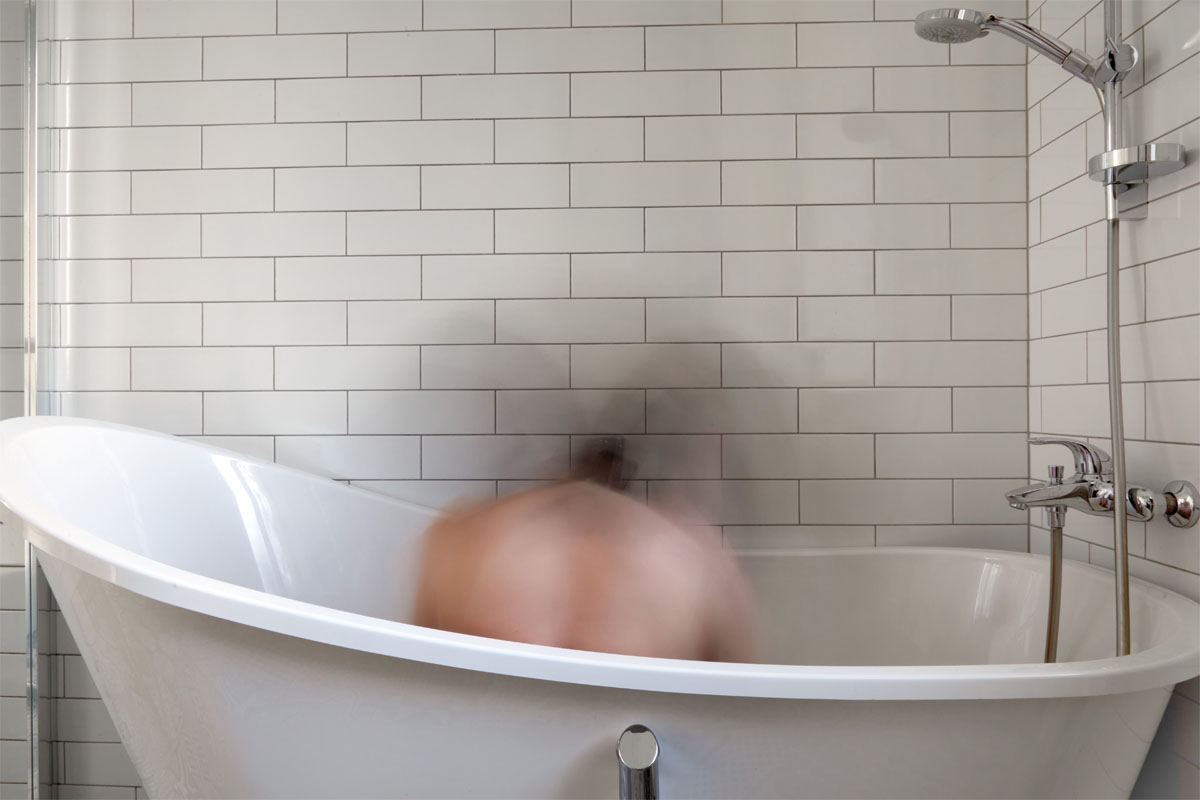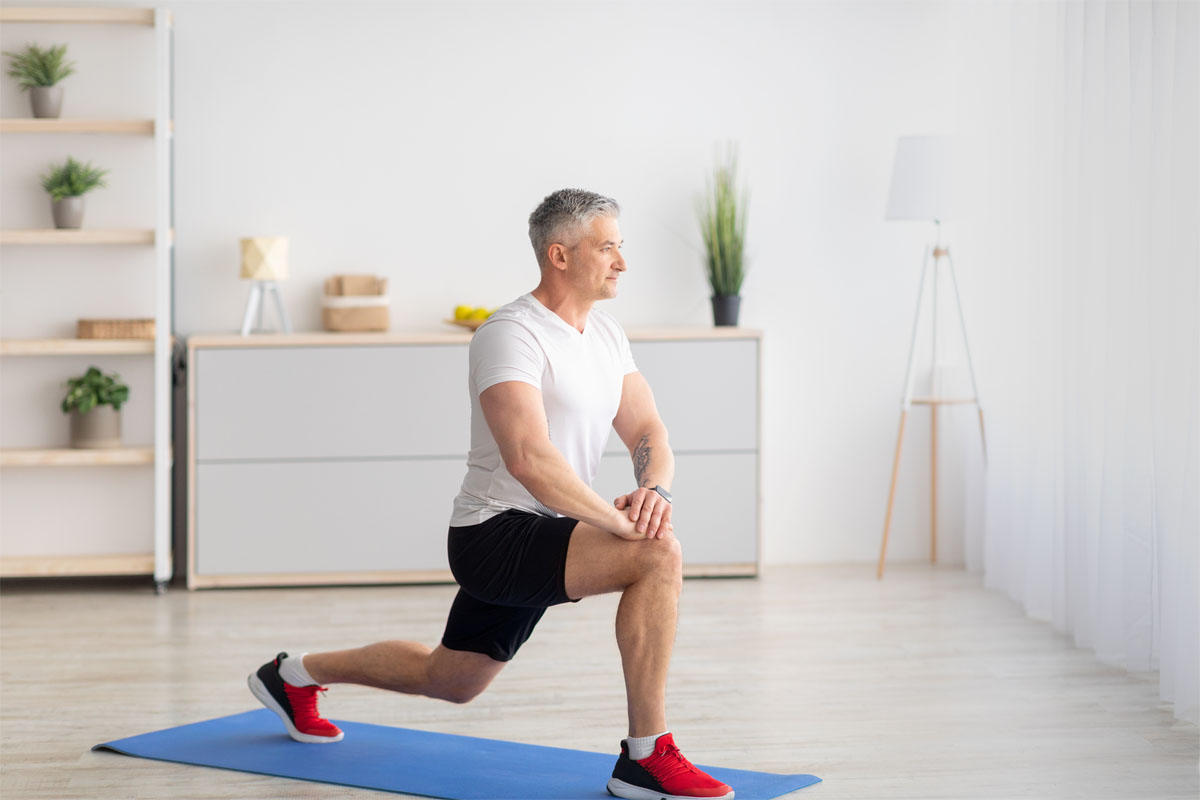Movement Disorders

The phrase movement disorders are in reference to a group of nervous system (neurological) ailments that cause one of two things increased movements or decreased or slowed movements. These movements can be involuntary or voluntary.
Movement Disorders
Common types of movement disorders can comprise of:
Ataxia. This movement disorder impacts the area of the brain that controls unified movement. Ataxia can cause uncoordinated or inept balance, limb or speech movements, and other signs. There are a lot of causes of ataxia, including degenerative and genetic disorders. Ataxia might also be caused by an infection or another remedial ailment.
Cervical dystonia. Through this ailment, the muscles in the neck contract randomly, causing the head to pull to the left or right or to tilt backward or forward. There might be trembling.
Chorea. Chorea is exhibited by repeated, inconsistent, brief, relatively rapid, unintentional movements. The movements usually involve the mouth, face, torso, and limbs. Chorea can appear like excessive fidgeting.
Dystonia. This ailment involves steady unintentional muscle contractions with winding, repeated movements. Dystonia may impact the whole body or a single part of the body.
Functional movement disorder. This ailment might mimic any of the movement disorders. Functional movement disorder isn’t because of a neurological disorder and is remediable.
Huntington’s disease. This is an inherited, progressive condition that can be confirmed via genetic testing. This disease has three aspects: uncontrollable movements, cognitive issues, and psychiatric disorders.
Multiple system atrophy. This uncommon neurological condition impacts many brain systems and progressively gets worse. This disorder causes a movement disorder, like parkinsonism or ataxia. It can also cause lower blood pressures, weaken bladder function and the playing out of dreams.
Myoclonus. This ailment causes incredibly-quick jerks of a muscle.
Parkinson’s disease. This steadily progressive disease causes tremors, stiffness of muscle, slow or decreased movement, or instability. It may also cause other indications not related to movement like decreased sense of smell, irregularity, playing out dreams and a decrease in cognition.
Parkinsonism. This disorder is a common term for slowness of movement along with stiffness, tremors, or bouts of vertigo. There are a lot of different causes. This disease and specific dopamine blocking medications are the most general causes. Other causes include degenerative ailments like multiple system atrophy and gradual supranuclear palsy. Repeated head trauma or stroke could also be the cause of parkinsonism.
Gradual supranuclear palsy. This is a unique neurological condition that causes issues with balance, walking, and eye motions. It occasionally might look like Parkinson’s disease but is a separate condition.
Restless legs syndrome. This movement ailment causes displeasing feelings in the legs when relaxing or lying down, usually alleviated by movement.
Tardive dyskinesia. This neurologic ailment is caused by long-term use of specific medications used for treating psychiatric conditions, known as neuroleptic medication. This condition causes repetitious and involuntary movements like grimacing, blinking of the eye and other movements.
Tourette syndrome. This is a neurologic ailment that begins between youth and the teenage years and is related with vocal sounding and repetitive movements.
Tremor. This condition is the cause of rhythmic shaking of areas of the body, like the hands, skull, or other body parts. The most typical type is essential tremor.
Wilson’s disease. This is an uncommon, inherited ailment that is the cause of extreme amounts of copper developing in the body, causing neurological issues, tremors, dystonia, ataxia, or parkinsonism.
Mobility Center In Mesa, Arizona
Mobility Center has been proudly serving the entire Phoenix, Arizona area since 1975 with the finest in mobility aids, scooters, wheel chairs, lifts and support equipment. Visit our convenient location to see the products and receive the individual attention that you deserve. Our service area includes Mesa, Apache Junction, Tempe, Chandler, Scottsdale, Phoenix, Glendale, Surprise, and Sun City.


